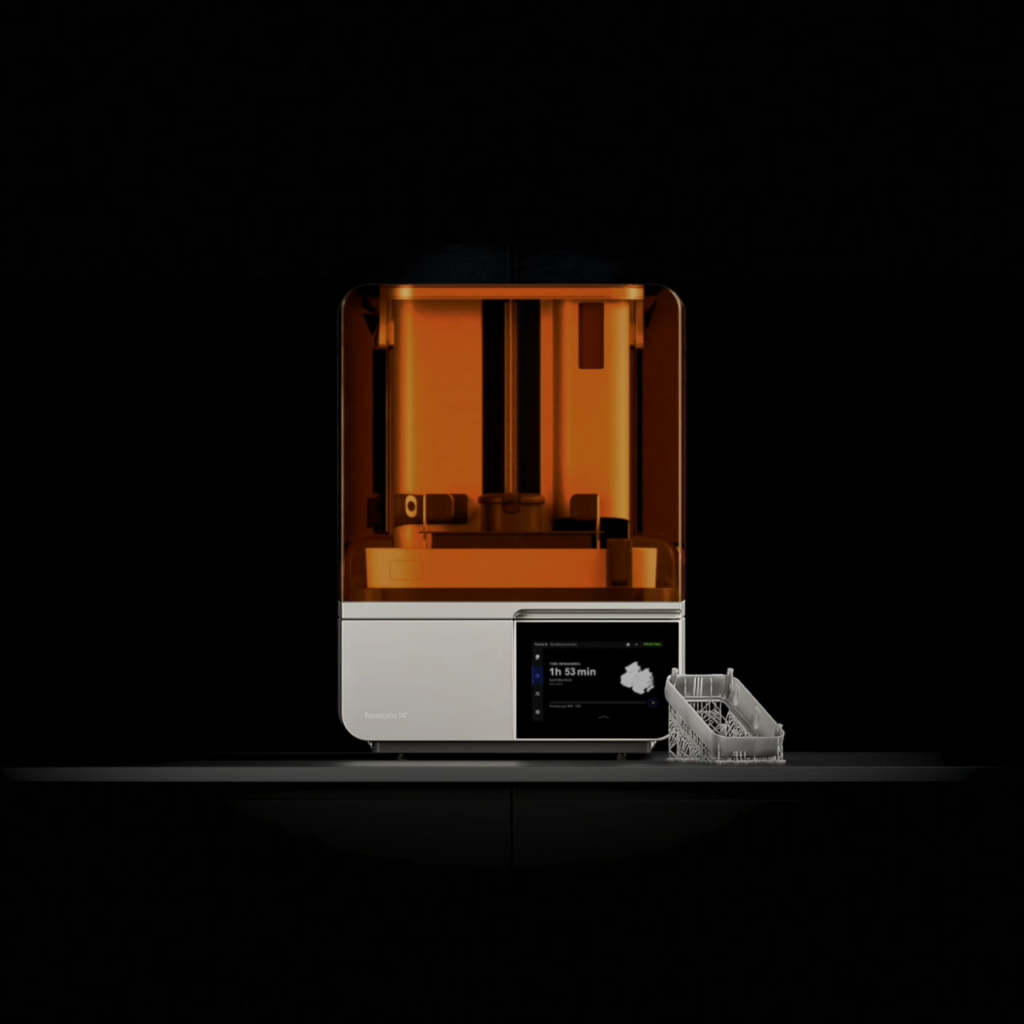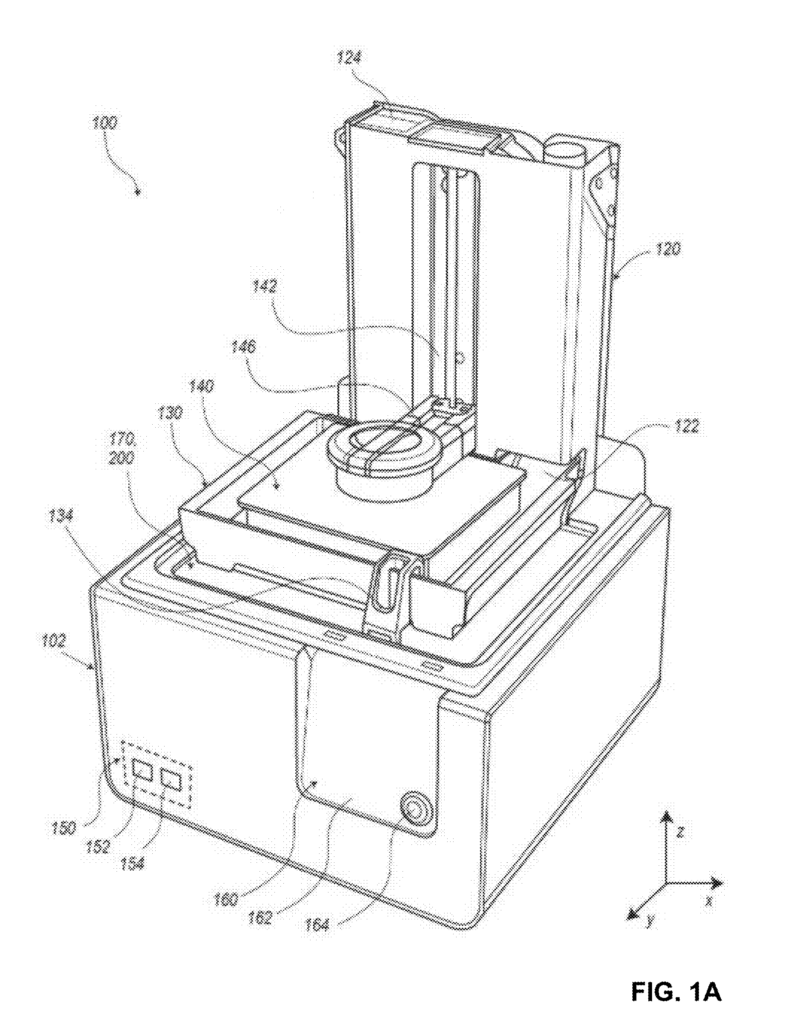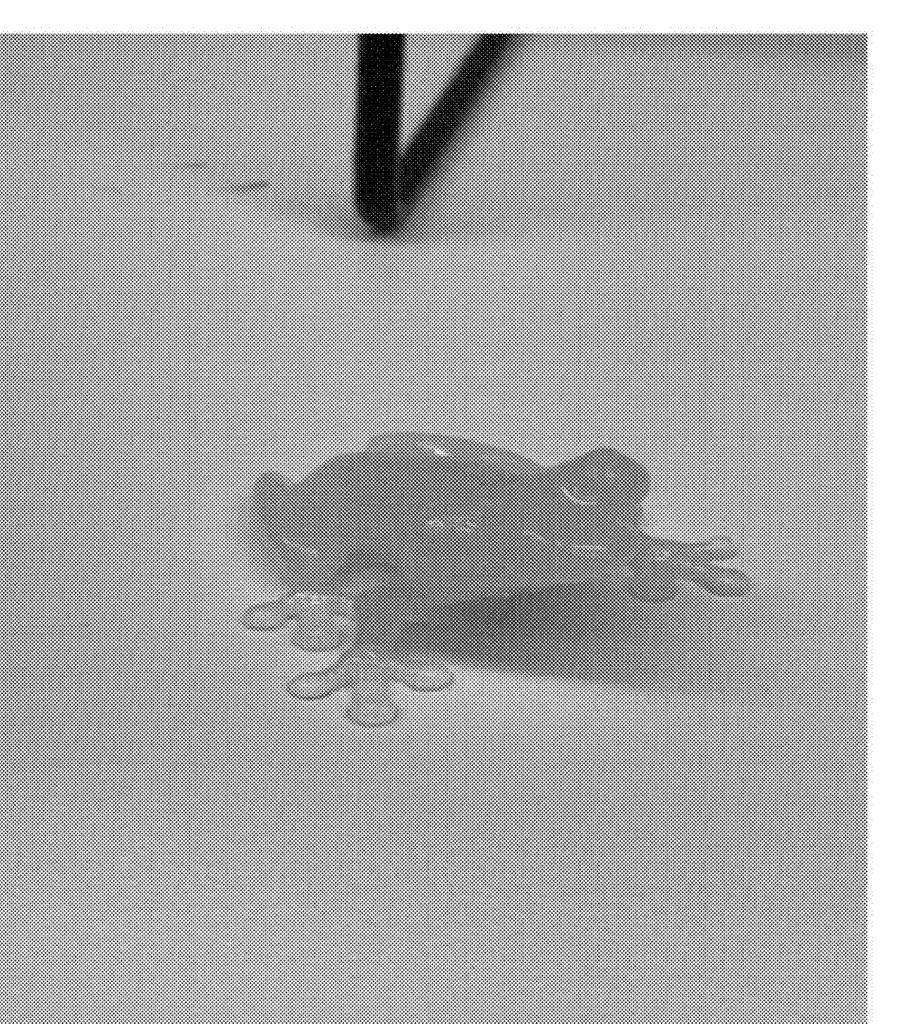Imagine holding a tool that could bring your most intricate designs to life with unparalleled precision—be it a complex dental model or a prototype for your next big product idea. For designers, engineers, and healthcare professionals, the Formlabs 3D Printer is doing just that. With cutting-edge patented technology, this revolutionary device is reshaping industries and enabling breakthroughs every day.
From its advanced materials to seamless automation, Formlabs is at the forefront of additive manufacturing. What’s the secret behind its success? Let’s dive into the patented innovations that make it a market leader and how it compares to its competitors.
What Makes the Formlabs 3D Printer Unique?
The Formlabs 3D Printer stands out due to its innovative features and user-focused design. Here are some highlights:
- High Precision and Accuracy: Employing stereolithography (SLA) technology, Formlabs produces models with exceptional detail and smooth finishes, making it a favorite in industries like healthcare and design.
- Versatile Material Options: From engineering-grade resins to medical-grade silicones, its wide material range caters to diverse professional needs.
- User-Friendly Software: Formlabs’ proprietary software offers an intuitive interface, making high-quality 3D printing accessible even for beginners.
- Streamlined Post-Processing: Automated systems reduce manual effort, ensuring printed parts meet the highest quality standards effortlessly.
What Are the Key Patents Behind the Formlabs 3D Printer?
Several patents contribute to the innovation and functionality of the Formlabs 3D Printer. Let’s explore these key patents and their significance:
US2024212395A1: This patent focuses on gathering standardized user feedback related to fabrication process failures. By analyzing this data, manufacturers can identify patterns and develop improved support solutions or device enhancements. This feature ensures continuous improvement and reliability in Formlabs printers.
US2023382053A1: Describes a method for producing 3D objects with detailed control over print instructions. By modifying specific print maps during the process, it optimizes the energy exposure for each layer of resin, leading to precise and efficient printing.
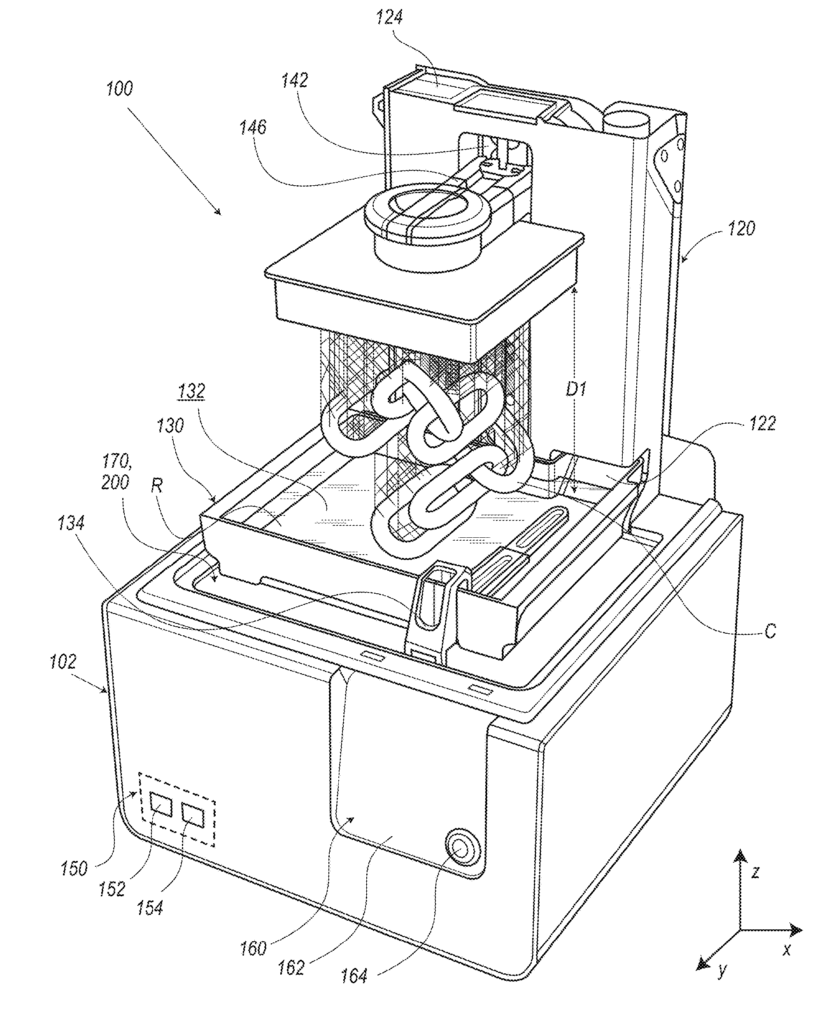
US2024158635A1: Introduces methods and compositions for additive manufacturing of silicone parts using SLA techniques. This patent enables the production of silicone components with excellent mechanical properties, expanding the printer’s applicability in industrial and medical fields.
US2023211559A1: Covers a post-processing device that automates part release and collection, reducing manual intervention. This innovation streamlines the workflow and enhances user convenience.
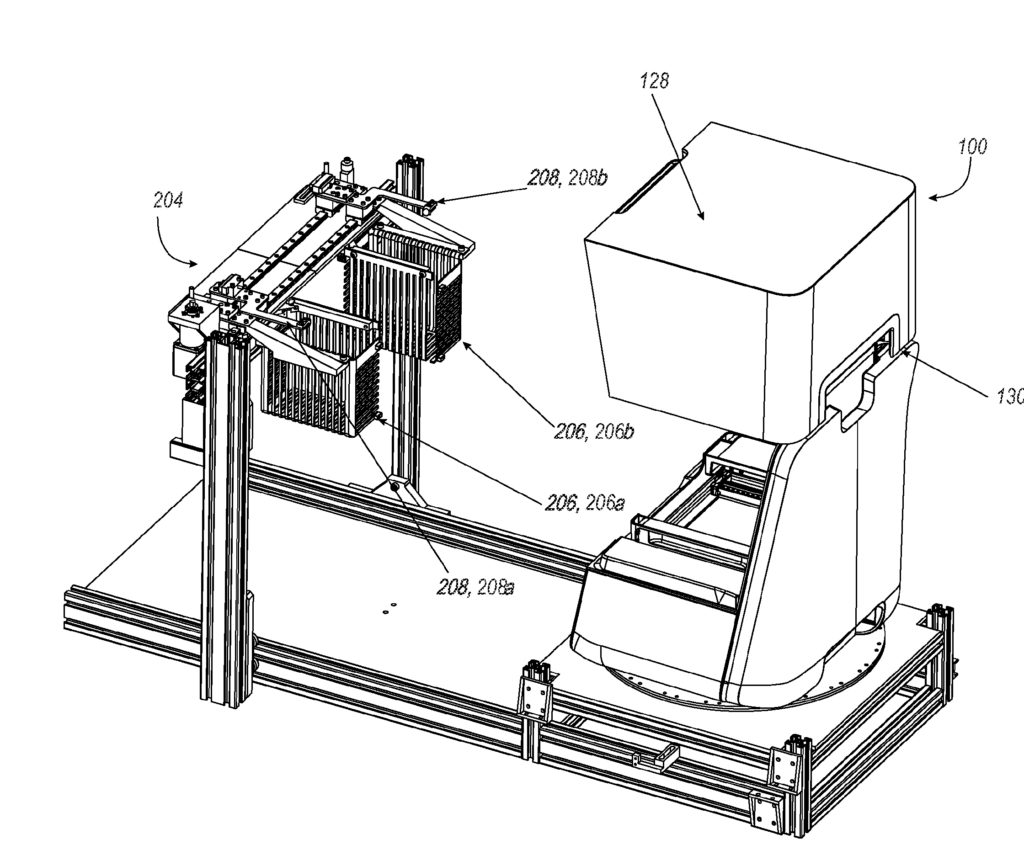
US11987002B2: Details an advanced washing apparatus for cleaning uncured resin from printed parts. This apparatus uses a sequential solvent washing process within the same vessel, ensuring thorough cleaning while minimizing handling.
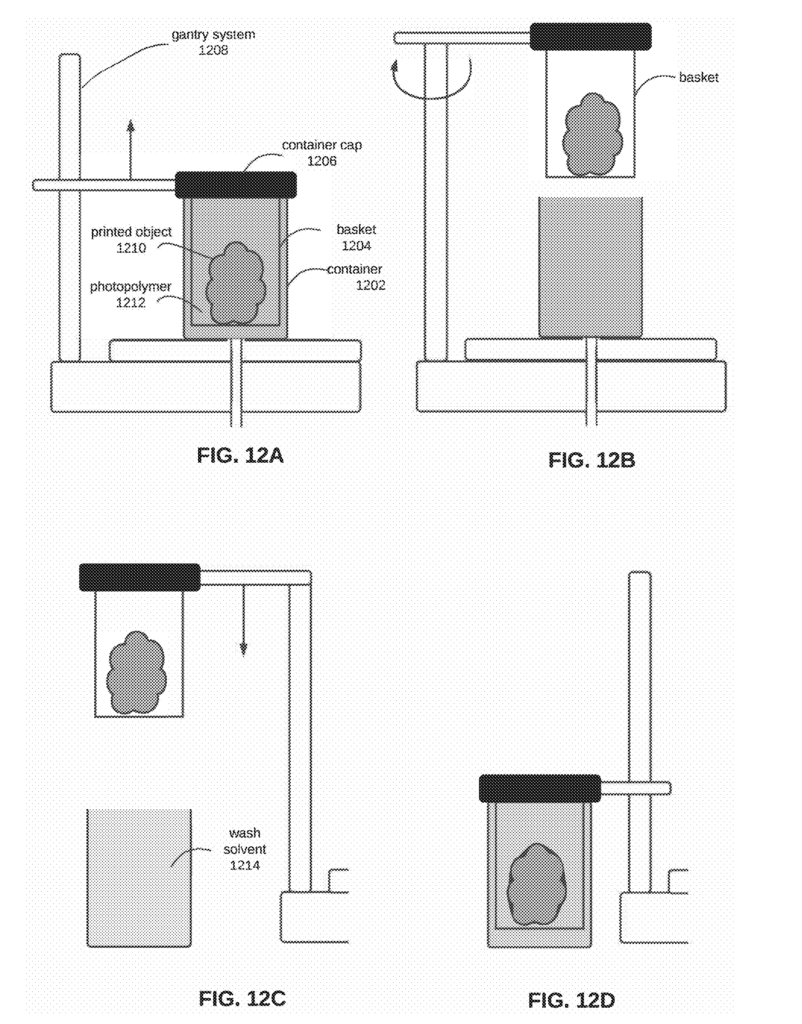
How Does the Formlabs 3D Printer Compare to Competitors?
When stacked against rivals like Ultimaker S5 and Stratasys J55, Formlabs consistently delivers superior performance:
| Feature | Formlabs 3D Printer | Ultimaker S5 (Ultimaker) | Stratasys J55 (Stratasys) |
| Technology | SLA | FDM | SLA |
| Material Support | Wide range of resins | Limited to plastics | Moderate resin support |
| Software | Intuitive and powerful | Basic | Advanced but complex |
| Post-Processing | Automated and seamless | Manual | Semi-automated |
| Precision | High | Medium | High |
While Ultimaker offers affordability, its limitations in material diversity and precision make it less versatile. Stratasys, although comparable in technology, trails behind in usability and automation. Formlabs strikes the perfect balance, combining ease of use with state-of-the-art features.
The Formlabs 3D Printer isn’t just a tool—it’s a game-changer in additive manufacturing. By leveraging innovative patents and user-focused designs, it continues to empower professionals across industries to push boundaries and unlock new possibilities.
What other companies are filing patents for the 3D-Printers? Request a patent landscape around this technology by filling out the form below:

